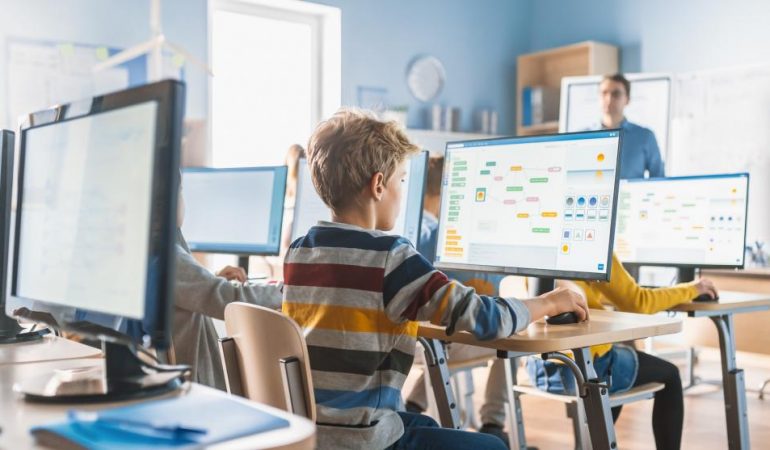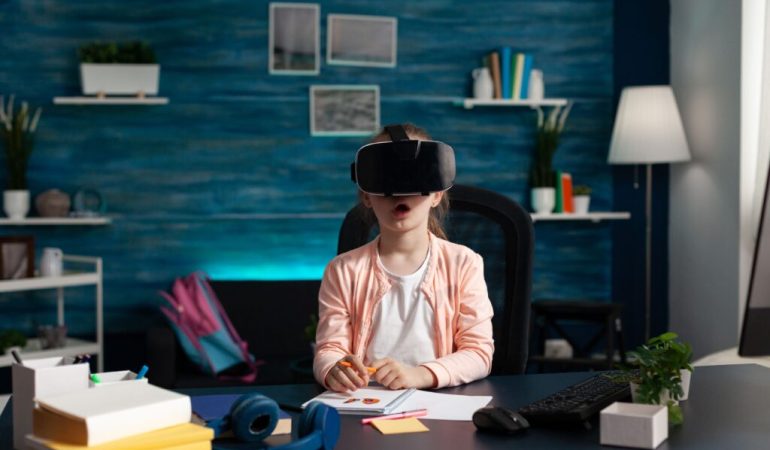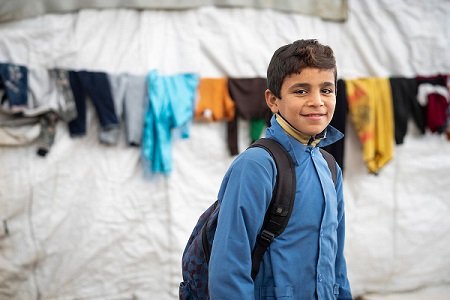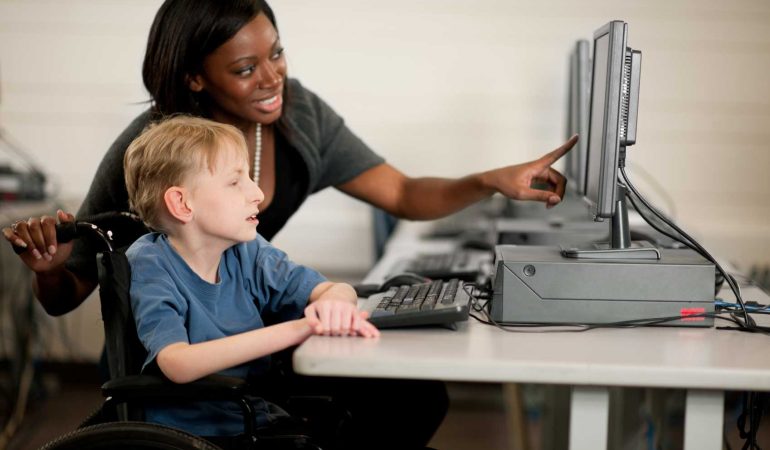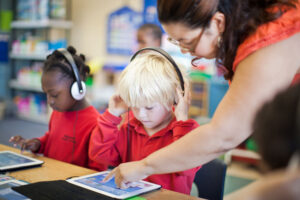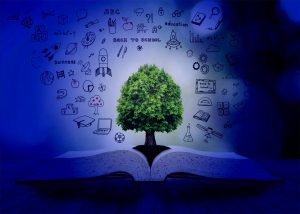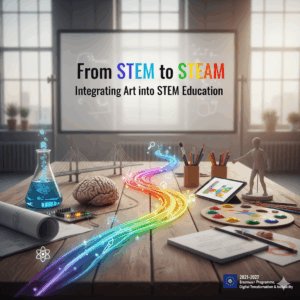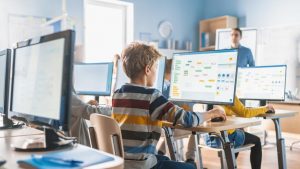Digital Citizenship, Digital Media Literacy and AI Tools in Education
The use of Information and Communication Technologies (ICT) in education can significantly contribute to a quality education and its effectiveness. This course is planned for teachers of all disciplines who want to increase their competence in using technology in the classroom. All participants aiming to use open educational resources, gain new skills, create an exemplary course and raise awareness about the possible disadvantages of ICT in education
COURSE GAINS
- Understanding and building ICT/Digital education culture in your institution
- Providing a conducive learning environment that will combine your existing knowledge and experience and with a good mix of theoretical and practical knowledge
- Ability to use the most effective and favorite mobile applications
- Effective use of cooperation and communication with other stakeholders in the use of ICT in education


